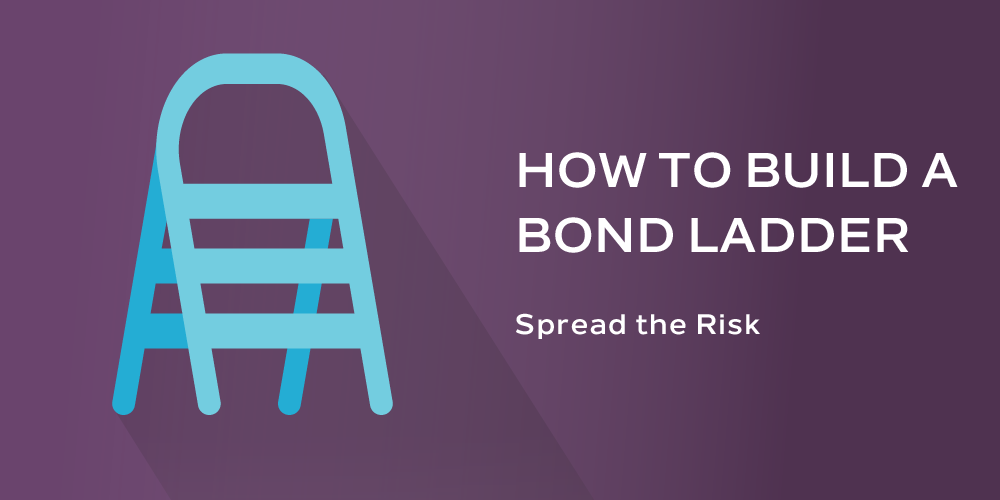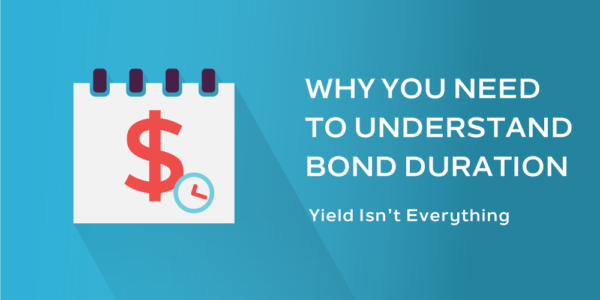
Diversification can play a key role not only in a stock portfolio but in fixed income portfolios as well. The whole idea is to avoid putting all your eggs in one basket. While an equity investor may buy various stocks from many different sectors or use various types of funds, a bond investor must go about diversification a little differently.
While purchasing different types of bonds is one way to diversify a fixed income portfolio, laddering those bonds is another.
What is bond laddering?
It is simply buying bonds with different maturities.
Why build a bond ladder?
Bond investments carry interest rates as well as reinvestment risk. A bond ladder can potentially help mitigate some of the risks.
Interest payments received from holding a bond can provide regular cash flow until the bond matures. At maturity, if you wish to maintain the same allocation, you would have to buy another bond. If interest rates and corresponding bond yields have declined, however, you may have to purchase the bond at a lower interest rate. This means you are now generating less income from the same amount of money previously invested.
What happens if bond yields and interest rates rise while you are holding a bond? You may be missing out on the potential for higher income in the form of more interest.
Building a bond ladder has its pros and cons, but may help mitigate these risks. By spacing out the maturities of your bonds, you will have bonds maturing on a regular and predictable basis. As bonds mature, you can choose to reinvest in those bonds or put your money to work elsewhere.
As interest rates change, you will consistently have a small portion of your portfolio maturing that may be reinvested at lower or higher interest rates.
A simple bond ladder for a $100,000 investment might look something like this:
- Buy $20,000 of bonds maturing in two years.
- Buy $20,000 of bonds maturing in four years.
- Buy $20,000 of bonds maturing in six years.
- Buy $20,000 of bonds maturing in eight years.
- Buy $20,000 of bonds maturing in ten years.
As the first set of bonds mature in two years, the investor has two options:
Option A: Reinvest the capital back into bonds at the top of the ladder, with ten years until maturity.
Option B: Invest the capital elsewhere.
As you can see, the investor will have bonds maturing on a regular basis at two-year intervals.
If interest rates are higher in two years, the investor may earn a higher level of income on the reinvestment.
If interest rates are lower in two years, the investor is only reinvesting a small portion of his or her total portfolio at the lower yield. The investor can also choose to invest the money elsewhere.
Building a bond ladder is not as complicated as it may sound. Laddering your bonds may potentially offset some of the risks involved in fixed income investments and give the investor more flexibility.










